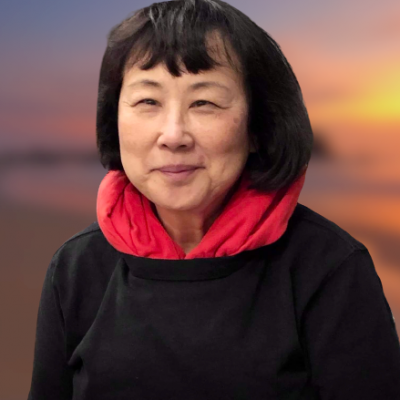Sessions /
Story-Listening Fails Without Optimal Input
#506
Mon, Nov 23, 11:55-12:20 JST
| Zoom 21 VIP
You must log in to view sessions
Teacher Education (TED)
College & University Education
Practice-Oriented Short Workshop
Despite the initial expectation for obtaining a similar vocabulary acquisition rate from Story-Listening Method with Japanese adult students, the results of this study instead suggested what should not be done with Story-Listening instruction. This study has shown what we need to be careful about when we give a Story-Listening lesson, and also suggests that when optimal input is not present, it is difficult to produce optimal results.

Shitennoji University Junior College